15 Timeless Architectural Wonders You Can Still Visit Today

Some buildings don’t just stand—they whisper stories through stone. Long before cranes and concrete mixers, people shaped the impossible with little more than vision and muscle. These places have weathered centuries, even millennia, and still welcome visitors with open doors or ancient echoes. Keep reading to discover 15 enduring marvels where time leaves a mark, but never wins.
The Great Pyramid Of Giza, Egypt
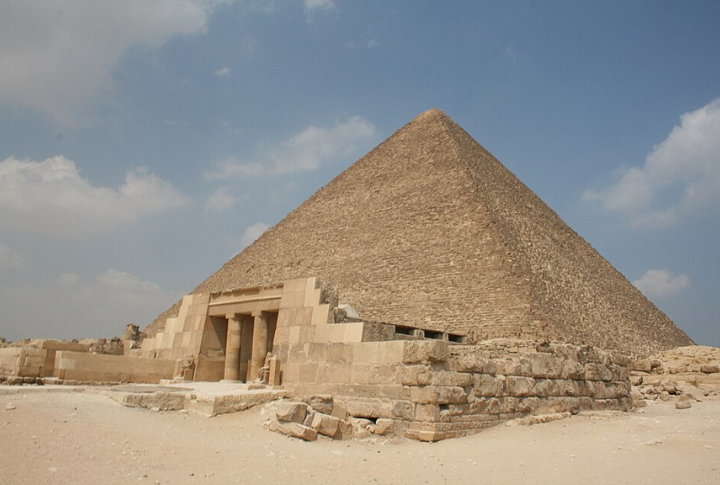
Built around 2560 BCE for Pharaoh Khufu, this limestone marvel once gleamed with polished casing stones. Imagine hauling 2.3 million blocks, each weighing up to 15 tons, without modern machines. With no mortar binding them, they fit so precisely that the structure remains a timeless mystery carved into the bedrock.
Stonehenge, United Kingdom

Towering 13 feet tall and standing strong for 5,000 years, Stonehenge continues to inspire awe. More than just a gathering place, its alignment with the solstices hints at an ancient astronomical purpose. The massive Sarsen stones, hauled from miles away by hand, reflect a remarkable fusion of ritual and early science.
The Pantheon, Italy

Nothing says endurance like Roman concrete that’s held firm for 2,000 years. The Pantheon’s unreinforced dome spans 142 feet and still holds the global record. Reconstructed by Emperor Hadrian in 126 AD, the oculus opens to the sky, and rainwater drains through hidden holes—an impressive example of ancient engineering.
The Colosseum, Italy
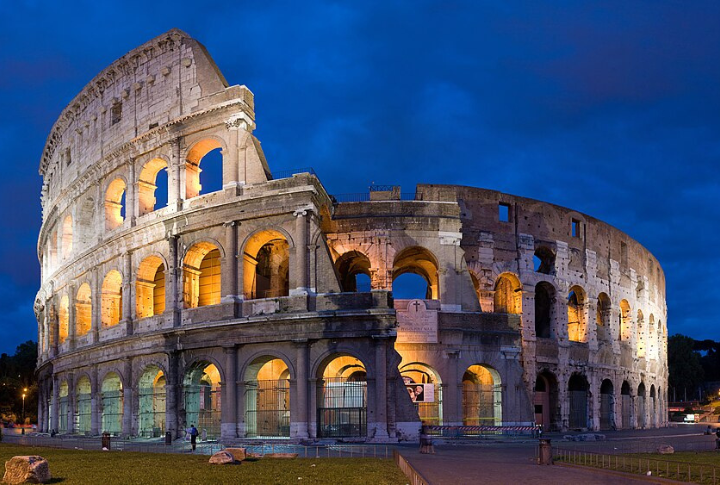
Roars once filled these ancient walls. Opened in 80 AD under Emperor Titus, the Colosseum could accommodate over 50,000 spectators and featured innovations such as elevators and even staged naval battles. Roman design made art from spectacle, turning stone into power and structured forms into lasting sources of fascination.
Petra, Jordan

Carved into rose-colored cliffs, Petra, the Nabataean capital from the 3rd century BCE, lies hidden behind narrow gorges. Treasury facades stand not as tombs but as declarations of wealth and water mastery. Not even the desert’s vast embrace can erase such boundless human ingenuity.
Angkor Wat, Cambodia

At sunrise, shadows fall into perfect alignment, blending faith with geometry. Spanning 400 acres, Angkor Wat mirrors the stars in its layout—a cosmic reflection on Earth. Built by King Suryavarman II, its intricate sandstone bas-reliefs depict celestial battles and divine order, with devotion etched into every sacred stone.
Knap Of Howar, Scotland
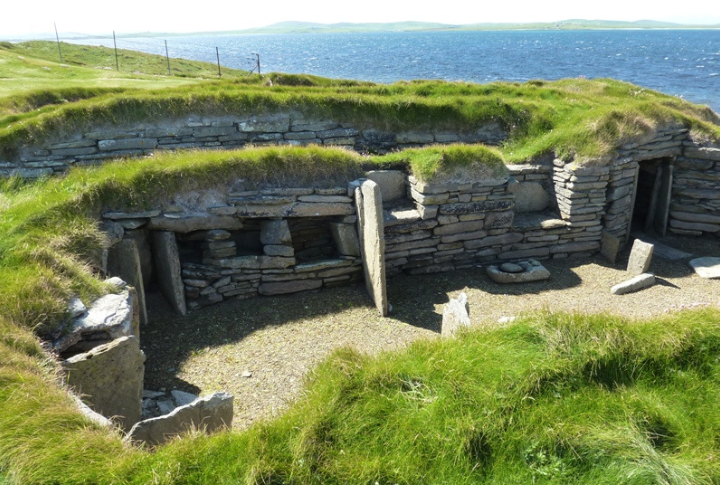
Cold wind brushes over Orkney, where two stone houses have stood for 5,600 years. Older than the pyramids, the Knap of Howar offers a glimpse into Neolithic life. The two well-preserved structures reveal details of domestic life, from stone furniture to hearths once used for cooking and warmth.
The Great Wall Of China, China

Built entirely by human hands, the Great Wall of China spans over 13,000 miles. It was constructed during the Ming Dynasty’s expansion and covers a vast area, crossing mountains and valleys. Defensive towers, placed within an archer’s range of one another, remain as enduring symbols of unity and a nation’s determination to protect its borders.
Basilica Cistern, Turkey
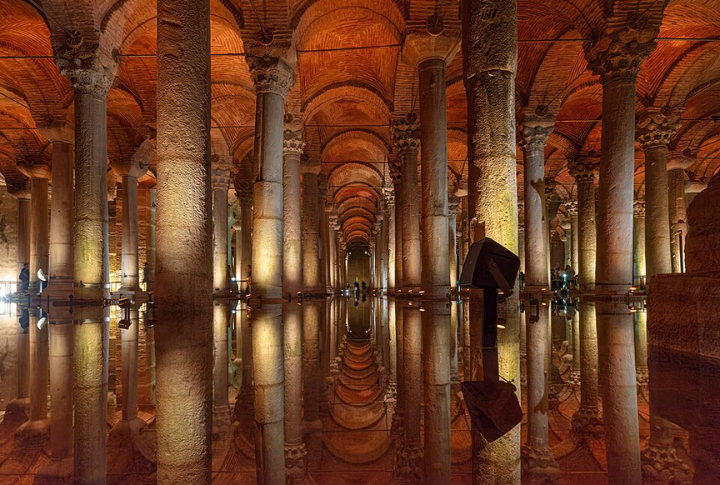
Beneath modern Istanbul lies a hidden cathedral of water and shadow. Under the guidance of Emperor Justinian I in the 6th century, engineers constructed the Basilica Cistern, which could store over 21 million gallons of water. Columns scavenged from older ruins support the ceiling, and even Medusa’s stone face watches silently from below.
Dule Temple, China
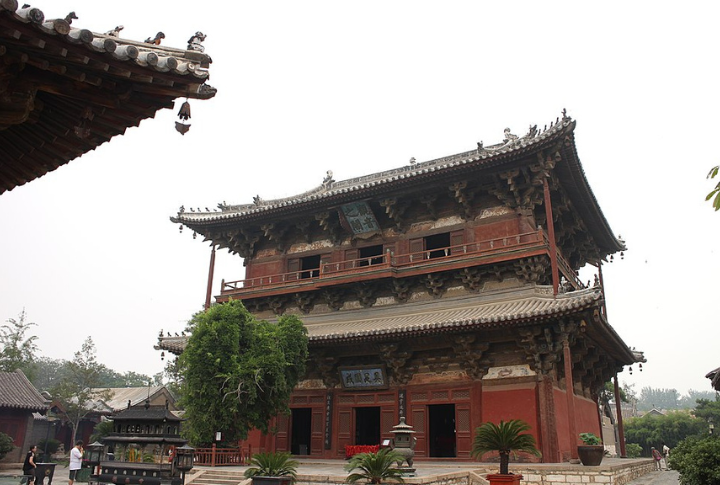
Dating back to 984 AD, the Dule Temple in Hebei Province is one of China’s oldest surviving timber structures. It is home to a 52-foot-tall Guanyin statue that has withstood dynastic changes and revolutions. Remarkably, the temple’s carpenters crafted joints so precise that nails were unnecessary, allowing the wooden framework to remain intact and resilient for over a thousand years.
Fairbanks House, United States
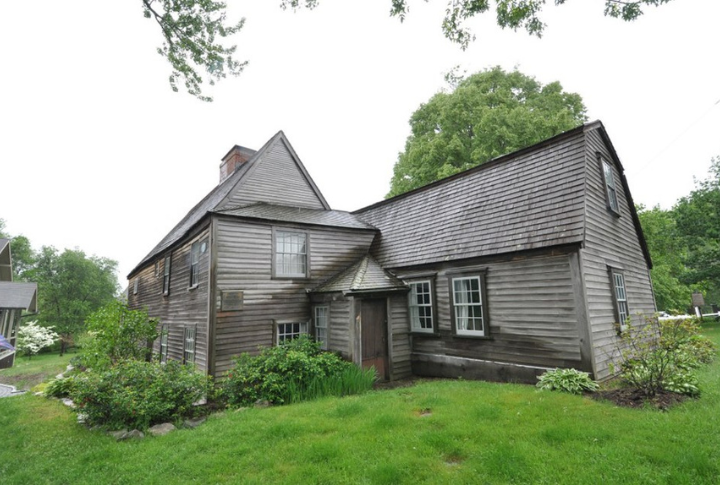
The Fairbanks House, built between 1637 and 1641, stands as the oldest timber-frame home in the United States. Hand-hewn oak beams still support the rooms where eight generations lived through colonial winters and the Revolution. Massachusetts’ history is etched into the weathered wood, holding the secrets of centuries past.
Nuraghe Su Nuraxi, Italy

Mysterious towers from Sardinia’s Bronze Age stand like ancient puzzles. The Nuraghe Su Nuraxi, dating to the 16th century BCE, features dry-stone walls and corbelled roofs. Its true purpose remains unclear—whether a home or a stronghold—since no writings explain its function.
Mahabodhi Temple, India

The Mahabodhi Temple, first built in the 3rd century BCE, marks the spot where Siddhartha Gautama attained enlightenment beneath a fig tree. Its brick spire stretches skyward, a symbol of spiritual ascent. Devotees still walk around it barefoot, and the site remains a significant place of worship and tradition.
The Parthenon, Greece

Completed in 438 BCE, the Parthenon was dedicated to Athena and built to perfection. Its Doric columns tilt subtly inward—a deliberate illusion by architects Ictinus and Callicrates to create a sense of perfect balance and visual harmony.
Machu Picchu, Peru

Rising from the jungle mist, Machu Picchu clings to the Andes as if it had grown from the earth itself. The stones are so perfectly fitted that not even a blade can slip between them. Without the use of wheels or iron tools, the Incas surpassed all expectations in their architectural mastery.






